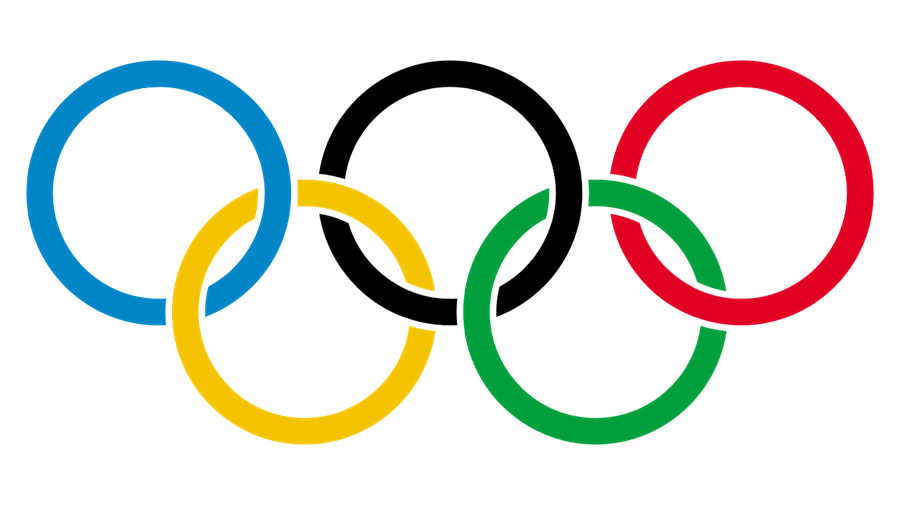National TV Ad Spending Seen Flat in 2018, Says Magna

Including a boost from the Winter Olympics and mid-term elections, media buyer Magna expects national TV ad sales to be up just 0.2% and local TV sales to rise 10% in 2018.
Excluding the biennial events, national TV will be down 1.5%, with local declining 3%, Magna says.
Overall in the U.S. ad sales are expected to be up 5% to $195 billion. Without the even year events—Olympics, elections—growth would be 3.2%, compared with 3.9% in 2017 and 5.9% in 2016.
Related: GroupM See Spending on TV rising 4% in 2018
The slowdown in U.S. ad spending is mostly caused by offline media sales, mainly national TV, which will be off 1% excluding political and sports.
Sports’ contribution in 2018 will not grow compared to previous years due to unfavorable time zones (Russia, Korea) and the absence of some US athletes (soccer, ice hockey), Magna says.
In a heated political environment, mid-term election advertising spend could increase by 20% compared to a disappointing 2014 cycle, the agency says.
Related: Zenith Forecasts Drop in TV Ad Spending in the U.S.
“Advertising spending grew roughly in line with expectations in the US in 2017 (2.1% or 3.9% excluding cyclical events). Digital ad spend growth was even stronger than anticipated, as social and search in particular barely slowed down from their pace in 2016,” said Vincent Letang, executive VP, global market intelligence at Magna, in a report.
The report comes out in conjunction with the UBS Globla Media and Communications Conference in New York Monday. Media agencies GroupM and Zenith also issued forecasts.
The smarter way to stay on top of broadcasting and cable industry. Sign up below
“In the end, digital ad spend grew by nearly 17% while offline ad sales declined by almost -8%. MAGNA anticipates the underlying growth to slow down next year to +3.1%. Incremental political advertising should be strong but cyclical sports might disappoint, bringing the nominal all-media growth of +4.9% next year.”
Magna sees global media owner ad revenues rising 5.2% to $535 billion in 2018 compared to 4.1% growth in 2017.
A share of that growth is generated by cyclical events including the World Cup, Winter Olympics and the U.S. mid-term elections. Without those events, 2018 growth would be 4.1% in 2018, compared to 5.1% in 2017.
Linear TV will grow $2.5% to $183 billion. Without the cyclical events, TV would be down 0.1%.
The multi-year normalized growth for TV is thus slowing down gradually, from +0.8% in 2016 and +0.6% in 2017 as viewing erosion accelerates and digital alternatives are increasingly available to advertisers,” Magna says.
According to Magna, digital sales are exceeding TV sales in 2017, reaching a 41% market share.
Digital and mobile advertising will rise 13% to $237 billion in 2018, representing 44% of global ad revenue. Magna sees digital’s share of ad revenue hitting 50% by 2020.
Within digital, the majority of advertising sales (55%) is now generated by impressions and clicks on mobile devices. Mobile ad sales grew by 39% in 2017 and will grow again by 27% in2018 to reach 62% of all digital ad sales, Magna says.
“The classic quadrennial drivers (FIFA World Cup, Winter Olympics and US Elections) will offset the underlying slowdown of the global advertising market in 2018 to generate decent growth (+5.2%). The transition to a digital-centric media world accelerates as digital ad sales continue to grow as fast - and often faster - than expected,” says Letang.
“We are now forecasting digital ad sales to represent 50% of all ad dollars by 2020. Meanwhile linear television struggles in most major markets (US, UK, Australia etc.) as CPM inflation is no longer strong enough to compensate for declining ratings and lower demand from consumer goods,” Letang said.
Jon has been business editor of Broadcasting+Cable since 2010. He focuses on revenue-generating activities, including advertising and distribution, as well as executive intrigue and merger and acquisition activity. Just about any story is fair game, if a dollar sign can make its way into the article. Before B+C, Jon covered the industry for TVWeek, Cable World, Electronic Media, Advertising Age and The New York Post. A native New Yorker, Jon is hiding in plain sight in the suburbs of Chicago.

